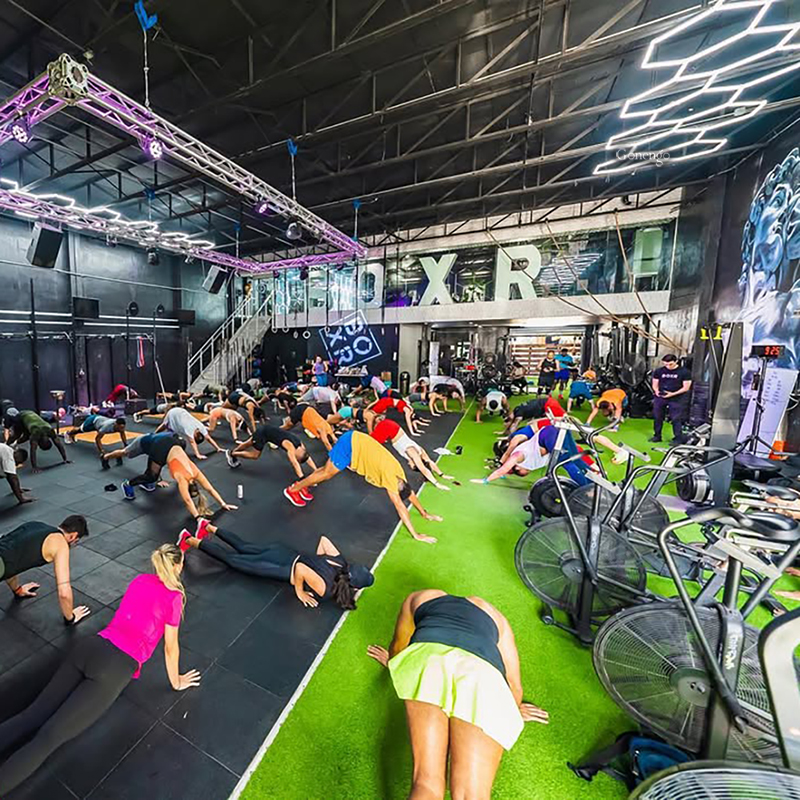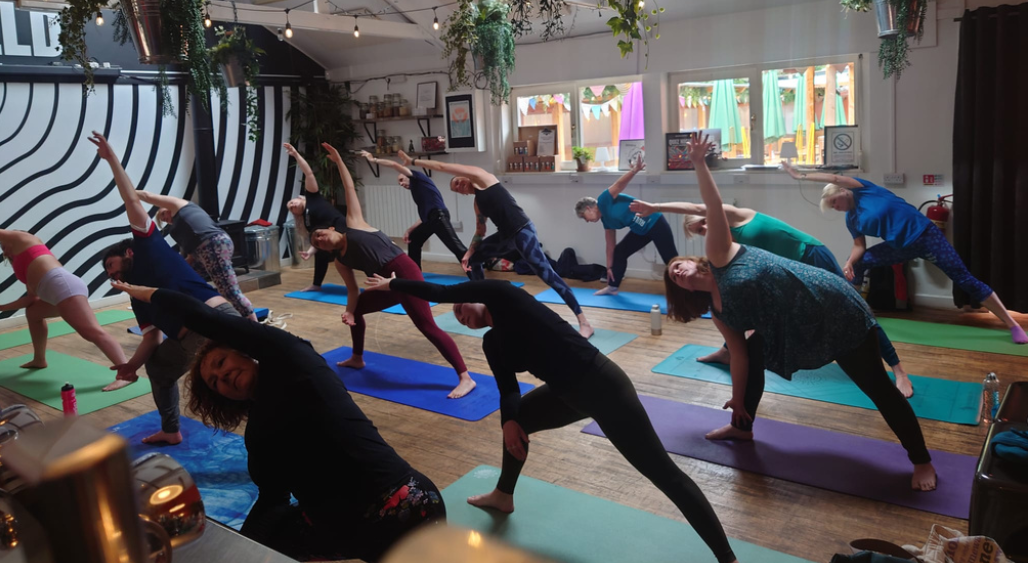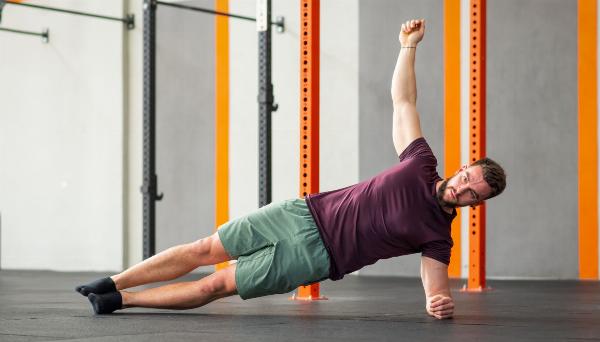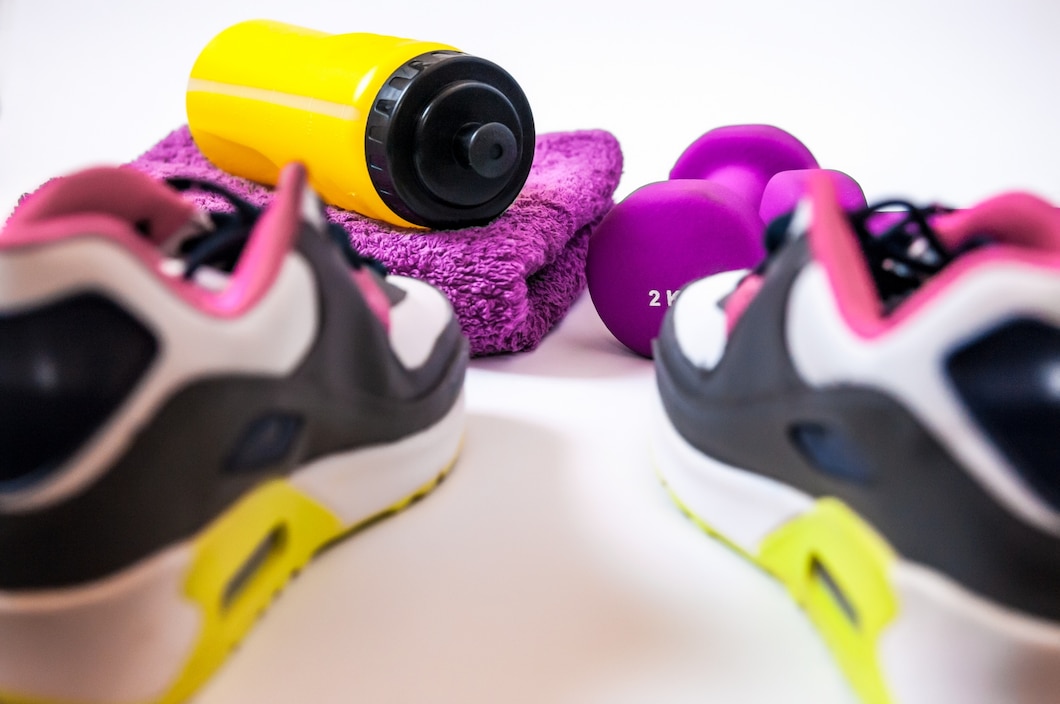How to Transition to Barefoot Shoes Without Injury: A Complete Guide
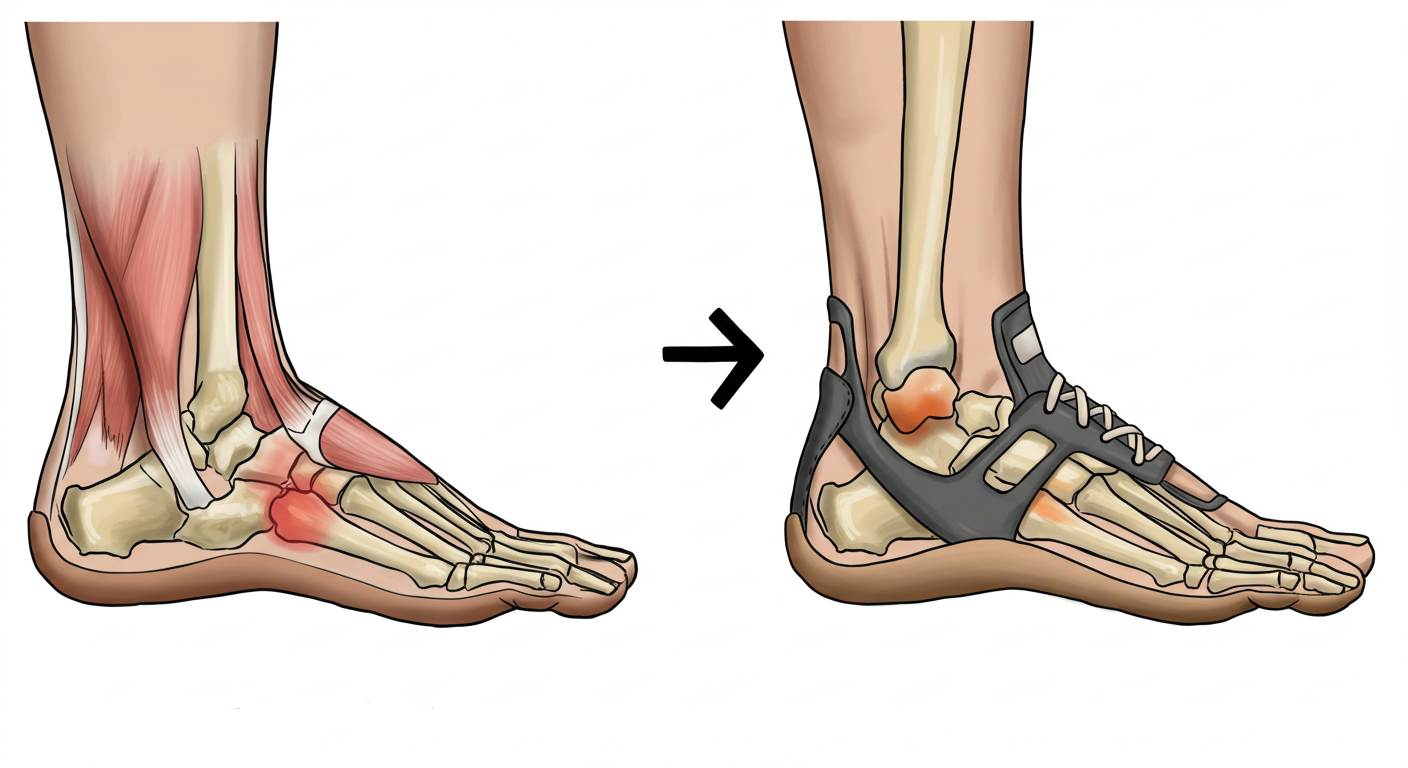
Switching to barefoot shoes can be an incredible way to strengthen your feet, improve posture, and enhance mobility. However, transitioning too quickly can lead to foot pain, discomfort, or even injury. To ensure a smooth shift, you need to gradually train your feet and muscles while adopting proper movement techniques.
In this guide, we’ll cover everything you need to know about transitioning to barefoot shoes without injury, including step-by-step methods, common mistakes to avoid, and expert tips for a pain-free experience.
Why Switch to Barefoot Shoes?
Barefoot shoes mimic the natural biomechanics of walking and running, allowing your feet to move freely and naturally. Here are the top benefits of barefoot shoes:
Improved Foot Strength & Flexibility
Traditional shoes with thick soles and arch support weaken foot muscles over time. Barefoot shoes engage and strengthen the intrinsic foot muscles, making them stronger and more adaptable.
Better Posture & Natural Gait
Zero-drop barefoot shoes align the body naturally, reducing stress on the knees, hips, and spine.
Increased Proprioception & Balance
Going barefoot improves sensory feedback, allowing you to feel the ground better, which enhances balance and coordination.
Reduced Risk of Foot Deformities
Shoes with a wide toe box allow your toes to spread naturally, preventing issues like bunions, hammertoes, and plantar fasciitis
What to Expect When Transitioning?
Switching to barefoot shoes is not an overnight process. Since most people have weakened foot muscles due to years of wearing cushioned shoes, transitioning too quickly can lead to:
🔹 Sore muscles in the feet and calves
🔹 Increased Achilles tendon stiffness
🔹 Blisters or calluses from new pressure points
🔹 Mild foot fatigue due to increased engagement of foot muscles
Understanding these common adaptation signs will help you stay patient and transition safely.
How to Transition to Barefoot Shoes Without Injury – Step-by-Step
Step 1: Start Slowly & Gradually Increase Usage
Begin by wearing barefoot shoes for short periods (30–60 minutes per day) around the house or for light walks. Increase duration by 10-15 minutes daily to allow your feet to adapt naturally.
Step 2: Focus on Walking Before Running
Before attempting barefoot running, perfect your walking form by:
✔️ Walking heel-to-toe in a controlled manner
✔️ Keeping your posture upright
✔️ Engaging your arches and toes
Once your feet are comfortable with walking, gradually introduce jogging and running.
Step 3: Strengthen Your Feet & Ankles
Weak foot muscles are prone to injury. Perform daily foot-strengthening exercises (see below) to prepare your feet for barefoot movement.
Step 4: Pay Attention to Your Stride & Landing
Avoid heel-striking, as it creates excessive impact. Instead, aim for a midfoot or forefoot landing, which reduces stress on joints and promotes a natural gait.
Step 5: Use Barefoot Shoes on Softer Surfaces First
Start by walking on grass, sand, or rubber tracks before transitioning to concrete or asphalt. Hard surfaces may cause discomfort if your feet are not yet accustomed.
Step 6: Allow Your Feet to Recover
Give your muscles time to adapt and recover. If you experience soreness, take rest days, massage your feet, and stretch regularly.
Step 7: Listen to Your Body
Pain is a sign that your body needs more time to adjust. If you experience prolonged discomfort, slow down your transition process.
Common Mistakes to Avoid
Switching Too Fast
Wearing barefoot shoes full-time from day one can lead to overuse injuries like plantar fasciitis or Achilles tendon pain. Take it slow!
Ignoring Strength Training
Your feet need to become stronger before handling the demands of barefoot shoes. Skipping foot exercises can increase your risk of injury.
Heel Striking While Running
Running in barefoot shoes requires a forefoot or midfoot strike. Heel striking creates excessive impact, leading to shin splints or knee pain.
Choosing the Wrong Barefoot Shoes
Pick a pair with:
✔️ A wide toe box for natural toe splay
✔️ A thin yet protective sole
✔️ A zero-drop sole for proper posture
Strengthening Exercises for a Smooth Transition
To prepare your feet for barefoot shoes, practice these exercises daily:
Toe Spreading & Toe Yoga
Strengthens foot muscles and improves toe dexterity.
👉 Sit down and spread your toes apart, holding for 5 seconds. Repeat 10 times.
Calf Raises
Enhances Achilles tendon strength.
👉 Stand on your toes and slowly lower down. Perform 3 sets of 15 reps.
Short Foot Exercise
Engages foot arches and reduces flat feet.
👉 Stand and try to shorten your foot by contracting your arch. Hold for 5 seconds, repeat 10 times.
Balance Training
Improves proprioception and stability.
👉 Stand on one foot for 30 seconds, switching legs. Increase difficulty by closing your eyes.
FAQs About Transitioning to Barefoot Shoes
How long does it take to transition to barefoot shoes?
It depends on the individual, but most people take 4 to 12 weeks to fully adjust.
Can I run in barefoot shoes immediately?
No. You should walk first to allow your feet to adjust before transitioning to running.
Will barefoot shoes fix my foot problems?
They can help with foot strength, balance, and posture, but they are not an instant cure for issues like plantar fasciitis.
What are the best barefoot shoes for beginners?
Some great options include:
✔️ Vivobarefoot Primus Lite III
✔️ Xero Shoes Prio
✔️ Lems Primal 2
Final Thoughts
Transitioning to barefoot shoes without injury requires patience, foot strengthening, and gradual adaptation. By following the step-by-step guide, avoiding common mistakes, and incorporating strengthening exercises, you can safely enjoy the benefits of natural movement, better posture, and stronger feet.
Note: IndiBlogHub features both user-submitted and editorial content. We do not verify third-party contributions. Read our Disclaimer and Privacy Policyfor details.




